Chabi Nouri has been at the helm of the Swiss watchmaker/jeweler Piaget for two years. In this exclusive interview with WatchTime Senior Editor Mark Bernardo, she discusses the long road to producing and commercializing the current World’s Thinnest Mechanical Watch, standing out in the crowded men’s luxury sports-watch field, and the intersection between watch and jewelry design.

MB: Piaget’s biggest news in watchmaking this year is that the Altiplano Ultra Thin Concept Watch, introduced at SIHH 2018, has finally been commercialized. What were the major hurdles your technical team had to go through to perfect this watch for the market?
CN: We’re very excited about making this happen, because it has been a dream for the last six years. As you know, we wanted to celebrate the 60th anniversary of our ultra-thin Caliber 9P movement from 1960 in a very significant way. So we had this crazy idea of making a full watch that would be 2 mm thick [the same thickness as Caliber 9P]. We worked really hard on it, developing five new patents along the way, and the prototype we unveiled two years ago was already a functioning model. But we wanted to further perfect it to make a daily-wear watch. This is what we’ve been focused on for the last two years. We needed to make it economical but also to ensure that it would always be unique and very rare, so we added our “Infinitely Personal” concept that will allow customers to choose more than 10,000 possibilities for this watch. That means that on top of the challenge of working with cobalt, a very resistant material, for the case and the movement, we also had to work with it in different colors for the bridges, and with different finishes on the mainplate, including engravings thinner than a human hair.

MB: Obviously, there’s a limitation on the type of materials you can use to make a watch that thin, hence the use of cobalt. Was the major challenge finding materials that could be modified with different colors?
CN: Absolutely. It was a challenge because we had to work with something very resistant, a material that is not naturally used in the watchmaking industry, or else the watch would fold up on your wrist and not be suitable for daily wear. We had to develop specific toolings for those nomenclatures, and specific skills were required to carve this material, and to execute the bridges in different colors.
MB: Which other elements of the watch can be customized in addition to the colors of the bridges?
The bridges, the case, and some screws are elements that can be customized; there is also a part on the movement that you will be able to put a symbol or initials. We have also worked with three new types of colored leathers — one a full black, one a blue, one a white with blue. All the watches will be very limited pieces but they will all be customizable. The movement is made up of 167 components, which is an awful lot to fit into that size, and made at our historic facility in La Côte aux Fées.
MB: In another area of men’s watches, Piaget introduced the Polo S in 2016, and there have been a few fairly quiet expansions of that line since then. Now that we’re seeing a revival of this type of 1970’s-style, integrated-bracelet, sports luxury look, are there bigger plans for the Piaget Polo S in the near future?
CN: Yes. We are continuously working on the Polo S, and this year we introduced a new Polo S model with an integrated steel bracelet and a green dial, and the latest news is that we’re also planning a limited edition that should debut within a couple of months. I expect we will talk again soon on that.
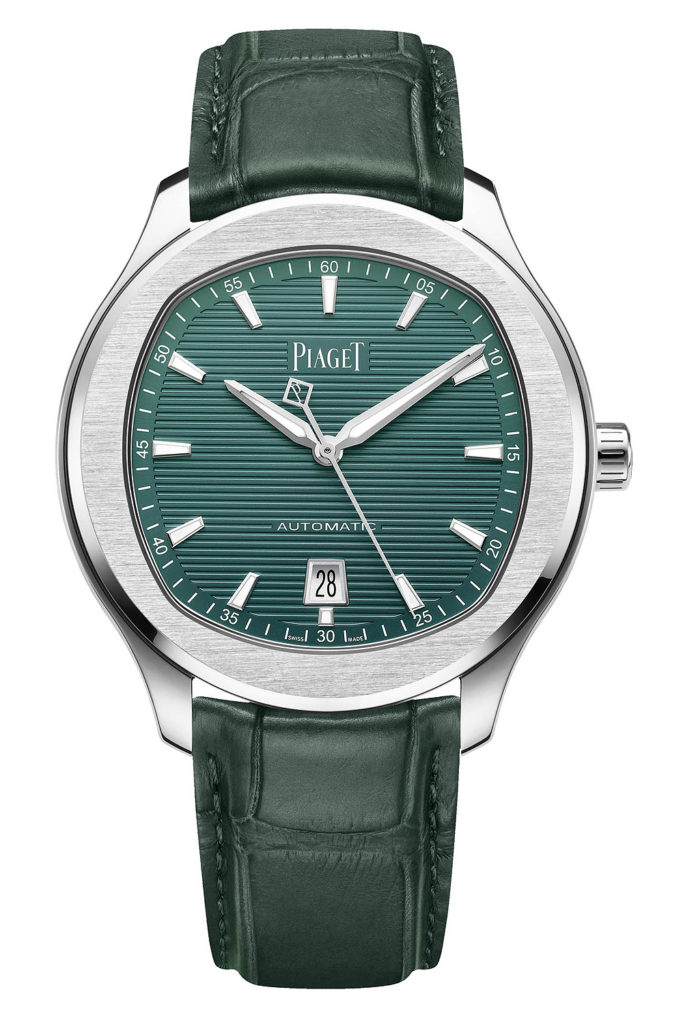
MB: Piaget was founded as a watchmaker and later made a name as a jeweler, making historic contributions to both jewelry and watches. In your role, do you see Piaget as primarily a jeweler that makes watches, a watchmaker who makes jewelry, or some amalgam of both?
CN: What I see is that Piaget has a rare gift of being able to pursue at the same time some very strong, very different paths. The art of making movements for watches, as you point out, comes from our origins. We’ve been able to develop this art both in the area of going ultra-thin but also on making some of them very audacious: full-paved, off-centered, or showing some other type of innovative spirit. We’ve mastered this craft and throughout our history worked alongside it to master other crafts from the jewelry side. The objective was always to work with both of them. Today Piaget is first and foremost a brand that does precious watches, both for men and for women. And when we say “precious,” we are also talking about complications. We started as a watch company and we remain very true to that heritage and we’ve continued to innovate and try to revolutionize throughout our history. Alongside that, starting around the 1950s, we integrated all our gem-setting workshops and other jewelry crafts, and this also makes us very unique.
MB: How much of the savoir faire in jewelry design crosses over to the watch design and vice versa? Are those teams mostly separate or do they work together?
CN: All the different departments work together, and all of the arts Piaget has mastered are integrated. We use precious stones on both the watches and on the jewelry. The know-how we have within the organization in hand-engraving gold, for example, is applied to both. Our creative department always has a coordinated theme for each year’s new releases, for both timepieces and jewelry. The messaging is consistent, and Piaget has always been balanced in that messaging, offering products for both men and women. This year, we’ve worked very hard to be able to bring forward all the novelties, all the innovations, despite what’s happening in the world currently. And you will see more complications later this year.
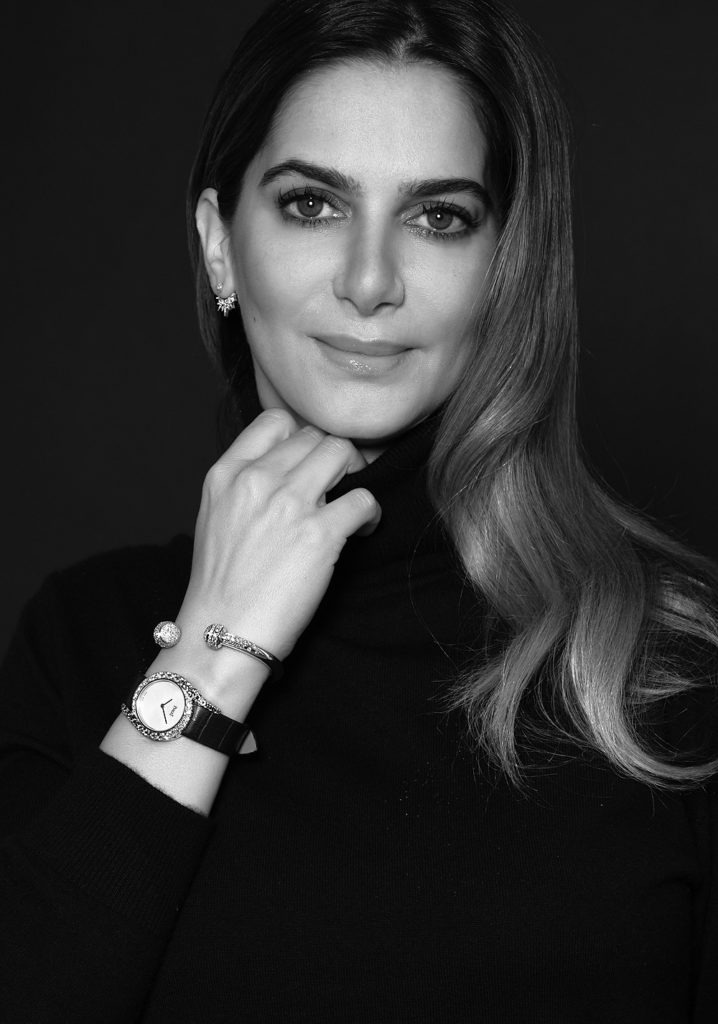



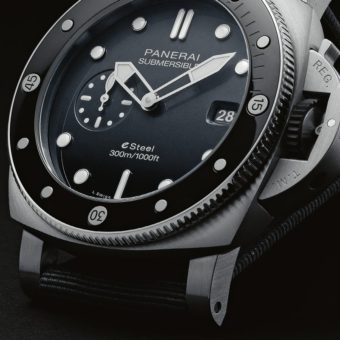
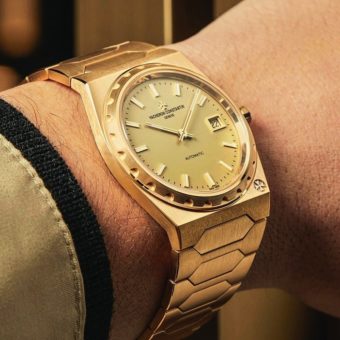

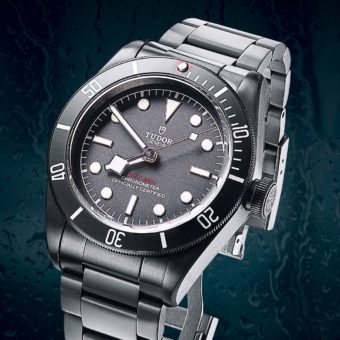
This CEO is very attractive!
And the watches look good too.
A timeless beauty for all time (Miss Nouri), who the hell is Nefert…? (I forgot), Oh, the green watch is nice, if “she” sold it to me, I’d sell my collection.
Their watches are stunning!